
Indian shooters' heartening performance at the recently-concluded ISSF World Championships is a huge assertion that they cannot be taken lightly at the Asian Games, though, over several editions of the continental event, their calibre hasn't quite matched the expectations.
India won 14 medals, including six gold and eight bronze, at the World Championships.
At the 19th the Asian Games, expectation will once again be sky high from the big shoot contingent, which will look to improve upon the nine medals, including two gold and four silver, they won during the 2018 edition in Jakarta and Palembang.
With India producing dozens of world-class shooters, especially in pistol and rifle, every year it does not come as a surprise that, barring a handful of athletes, the contingent is largely comprised of Games first-timers.
Both the gold medallists at the previous Asian Games -- Rahi Sarnobat (25m sports pistol) and Saurabh Chaudhary (10m air pistol) -- are missing from the contingent, and so are several stalwarts such as rifle marksman Sanjeev Rajput, Apurvi Chandela and Heena Sidhu, among others.
But new faces, such as world champion 10m air rifle shooter Rudrankksh Patil, Esha Singh (10m air pistol), Sift Kaur Samra and Ashi Chouksey (50m rifle 3-positions) are some of the brightest prospects in the team with a potential to aim for gold, notwithstanding the extremely tough challenge the Chinese will pose in the coming fortnight.
Rudrankksh is among the best in the business with the World Championships gold and a 2024 Olympic quota place in his pocket at the age of 19. Expectations would certainly be very high from him after his consistent performance all through the year, including the half-a-dozen national trials the National Rifle Association of India (NRAI) has organised.
For the Maharashtra shooter, the aim is not just to set sights on gold in Hangzhou but to perform "consistently" and have faith in the process to achieve the bigger goal of winning the Olympic gold next year in Paris.
Olympian Divyansh Singh Panwar would be another strong contender in 10m air rifle, while young Aishwary Pratap Singh Tomar would be hoping to forget the World Championships disappointment and get back his rhythm.
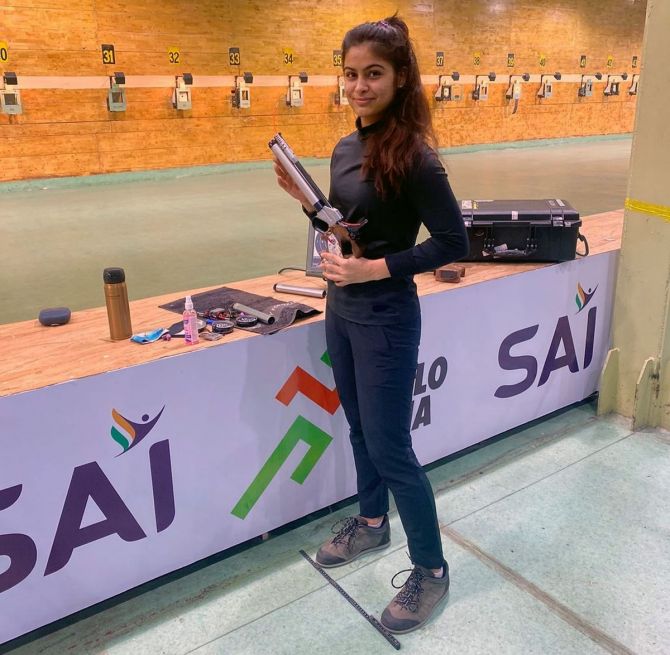
Sift has emerged as a serious medal contender and her rivalry with the seasoned Anjum Moudgil in 50m rifle 3-positions livened up many a national trial in the run-up to the World Championships and the Asian Games.
With Swapnil Kusale, who had clinched the Paris Olympic quota place last year in Cairo, consistently shooting world-class scores in men's 50m rifle 3-positions, he along with Aishwary and Akhil Sheoran are some of the best in Asia.
At 21 years of age, Manu Bhaker has a long career in the sport but with so many youngsters emerging on the scene, she already looks like a veteran in the sport.
Manu had competed in individual 10m air pistol, 10m mixed team and 25m sports pistol at the Jakarta Games but in Hangzhou, she is only taking part in the 25m event, all thanks to a bunch of youngsters -- Divya TS, Esha Singh, Palak -- who did better than her during the selection trial.
But with the champion shooter, winner of nine World Cup individual and mixed team medals, again teaming up with coach Jaspal Rana after the Tokyo Olympics disappointment, it could be a win-win situation for her and India.
The controversy surrounding the coaches in shotgun has been a huge dampener with the skeet shooters still not knowing who will accompany them.
However, with the experienced Rajeshwari Kumari, who recently became only the second Indian woman to clinch an Olympic quota in trap, being accompanied by the talented Manisha Keer and Preeti Rajak, it could just be the moment the women shotgun shooters are looking for to break the Asian Games jinx.
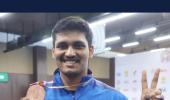






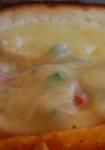
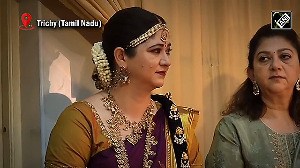
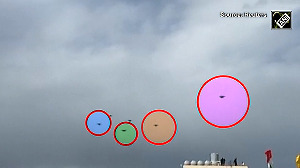
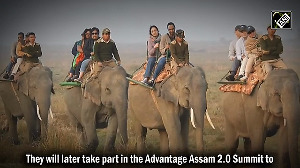

 © 2025
© 2025